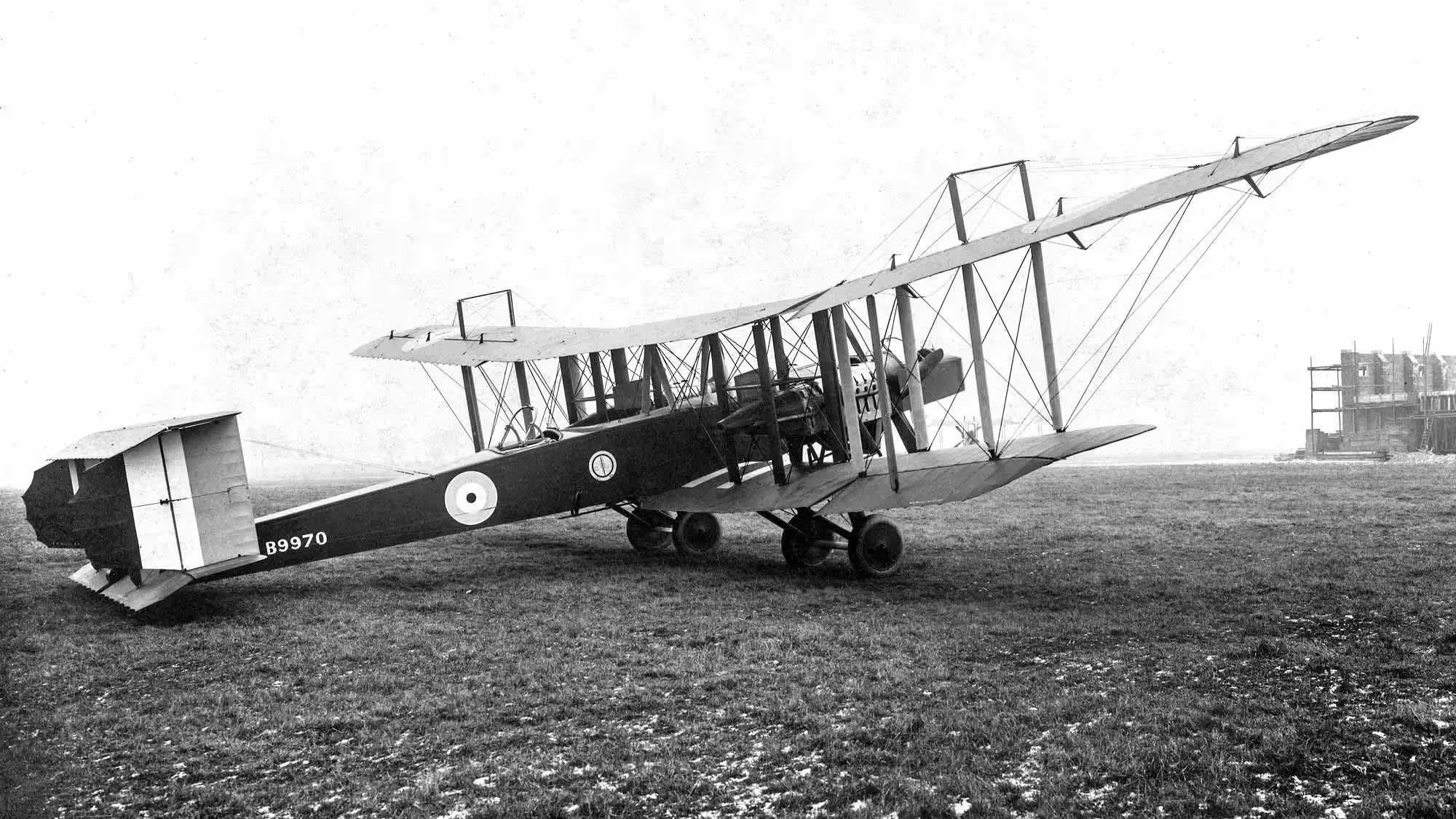DALLAS — Today, in 1919, the North Sea Aerial Navigation Company started a passenger service between Leeds and Hounslow using ex-military Blackburn RT.1s.
The North Sea Aerial Navigation Company was a subsidiary of the British aircraft manufacturer, Blackburn Aircraft. The company was formed by Robert and Jessy Blackburn in 1908. Robert designed his first plane in Leeds in 1908, and the company's Olympia Works in Roundhay opened in 1914.
In April 1919, the company set up the commercial aviation subsidiary The North Sea Aerial Navigation Co (later renamed The North Sea Aerial and General Transport Co Ltd). Eight surplus Kangaroo aircraft were purchased and the first (G-EAIT) was modified to carry seven passengers in an enclosed cabin before.

East Yorkshire Base
In 1916, the Blackburn Aeroplane & Motor Company moved to a new factory in Brough, East Yorkshire. Norman Blackburn, Robert's brother, rose through the ranks to become managing director.
Olympia in Leeds, Sherburn-in-Elmet, Brough (East Yorkshire), and Dumbarton were all home to the company's factories. Blackburn flew planes on the beaches of Marske and Filey in the early days, and the company even used the former RAF Holme-on-Spalding Moor.
Aircraft were flown in and out of Olympia Works by an adjacent airstrip in Roundhay Park before development moved to Sherburn-in-Elmet and Brough from the Leeds site.

The Blackburn RT.1 Kangaroo
The Blackburn Aircraft Company designed and constructed two prototypes of the Blackburn G.P. anti-submarine floatplane in 1916. Blackburn General Purpose, for example. Although the Blackburn R.T.1 Kangaroo was not ordered, Blackburn produced a landplane version (Reconnaissance Torpedo Type 1).
Martlesham Heath received the first aircraft in January 1918. The rear fuselage was susceptible to turning during testing, and the aircraft had control issues, so the order for fifty aircraft was reduced to twenty, the majority of which were already partially completed.
The more powerful Rolls-Royce Falcon III engine replaced the 250 horsepower (190 kW) Rolls-Royce Falcon II engine starting with the sixth aircraft.
The Blackburn RT.1 could accommodate a crew of three. Its length was 44 ft 2 in (13.46 m) and its wingspan was 74 ft 10 in (22.81 m) with a wing area of 868 sq ft (80.6 m2).
With its 4-bladed fixed-pitch propellers and gross weight of 8,017 lb (3,636 kg), the type had a rate of climb of 480 ft/min (2.4 m/s), a service ceiling of 13,000 ft (4,000 m), and reached a maximum speed of 98 mph (158 km/h, 85 kn) at 6,500 ft (1,981 m) with an endurance of eight hours.

Commercial Operations
Three surviving RAF Kangaroos were sold to the Grahame-White Aviation Co Ltd, based at Hendon Aerodrome, an important center for aviation (1908-1968), after World War I. Eight more were sold to Blackburn Aircraft, with three of them being converted into glazed cabins for the company's subsidiary, North Sea Aerial Navigation Co Ltd, which is also located at Brough Aerodrome.
For the civil market, several different configurations were created, including cargo, pilot training, and/or passenger accommodation for up to eight people. Most of these converted aircraft flew (and sometimes crashed) in military colors for the first few months of 1919, during which the survivors were repainted with civilian registrations and commercial names.
Brough, Leeds, West Hartlepool, Gosport, and Hounslow Heath were among the places where joy-riding, freight, and passenger charters took place in May 1919. Three Kangaroos traveled to Amsterdam in August 1919 for the ELTA air traffic show, where they spent several weeks flying an estimated 1,400 passengers.
North Sea Aerial Navigation Co Ltd began a daily passenger service between Roundhay Park (Leeds) and Hounslow Heath on September 30, 1919. The business was renamed North Sea Aerial & General Transport Co Ltd in 1920, and services to Amsterdam were added.
Featured image shows a landplane version of the Blackburn GP seaplane used for commercial operations.
Stay connected at every stop along your journey! Get any Saily mobile data plan at 5% off with the code AIRWAYSMAG5 + up to 5GB free!





